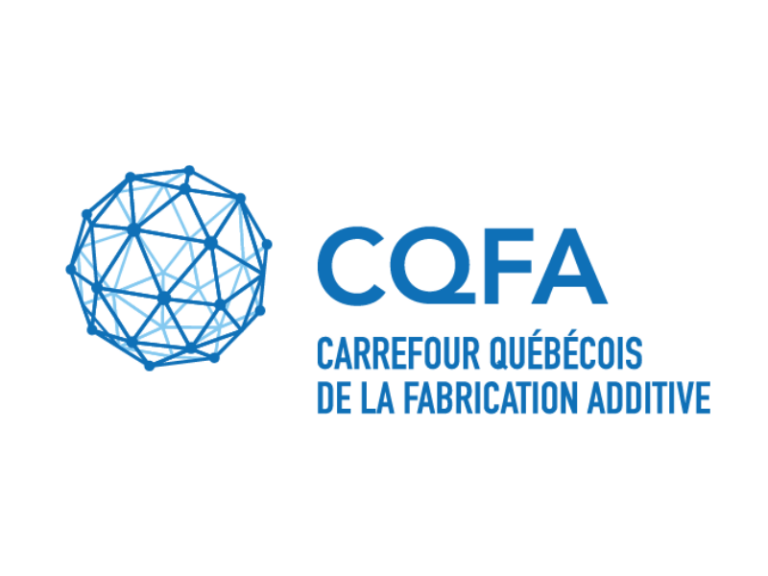
2023/03/29
Recycled, Bio-Based, and Blended Composite Materials for 3D Printing Filament: Pros and Cons—A Review
Nguyen, K.Q.; Vuillaume, P.Y.; Hu, L.; Lopez-Beceiro, J.; Cousin, P.; Elkoun, S.; Robert, M. (2023). Recycled, Bio-Based, and Blended Composite Materials for 3D Printing Filament: Pros and Cons—A Review. Materials Sciences and Applications, Vol.14 No.3, March 2023.
In recent years, additive manufacturing (AM), known as “3D printing”, has experienced exceptional growth thanks to the development of mechatronics and materials science. Fused filament deposition (FDM) manufacturing is the most widely used technique in the field of AM, due to low operating and material costs. However, the materials commonly used for this technology are virgin thermoplastics. It is worth noting a considerable amount of waste exists due to failed print and disposable prototypes. In this regard, using green and sustainable materials is essential to limit the impact on the environment. The recycled, bio-based, and blended recycled materials are therefore a potential approach for 3D printing. In contrast, the lack of understanding of the mechanism of interlayer adhesion and the degradation of materials for FDM printing has posed a major challenge for these green materials. This paper provides an overview of the FDM technique and material requirements for 3D printing filaments. The main objective is to highlight the advantages and disadvantages of using recycled, bio-based, and blended materials based on thermoplastics for 3D printing filaments. In this work, solutions to improve the mechanical properties of 3D printing parts before, during, and after the printing process are pointed out. This paper provides an overview on choosing which materials and solutions depend on the specific application purposes. Moreover, research gaps and opportunities are mentioned in the discussion and conclusions sections of this study.